The Need to Chew - Which Wood Would Be Best?
Which wood would be best for your pet? Find out how to safely keep your chinchilla or small pet's teeth filed down and healthy with safe wood items!
Rodents (chinchillas, guinea pigs, rats, and mice) and lagomorphs (rabbits) all have teeth which have grow continuously throughout their lives. In the wild, the consumption of fibrous plant items helps to wear the surfaces of the cheek teeth of herbivorous rodents/lagomorphs while gnawing on wood, bark, or other hard items helps to keep the incisors in check.
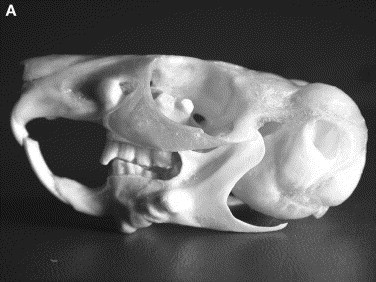
Image of chinchilla skull showing overgrown incisors and cheek teeth (Legendre, 2003)
When we keep these animals as pets, we need to ensure they have safe items to chew on to maintain their dental health. I mentioned the importance of hay in a previous blog post but now let's talk about safe items for wearing the front teeth, the incisors.
Pumice is a light porous volcanic rock that can be purchased from most pet supply retailers and is effective as a gnawing agent. There are natural pumice stones which are gray in color and some pet supply companies coat them with food-grade dyes, such as these Lava Bites.
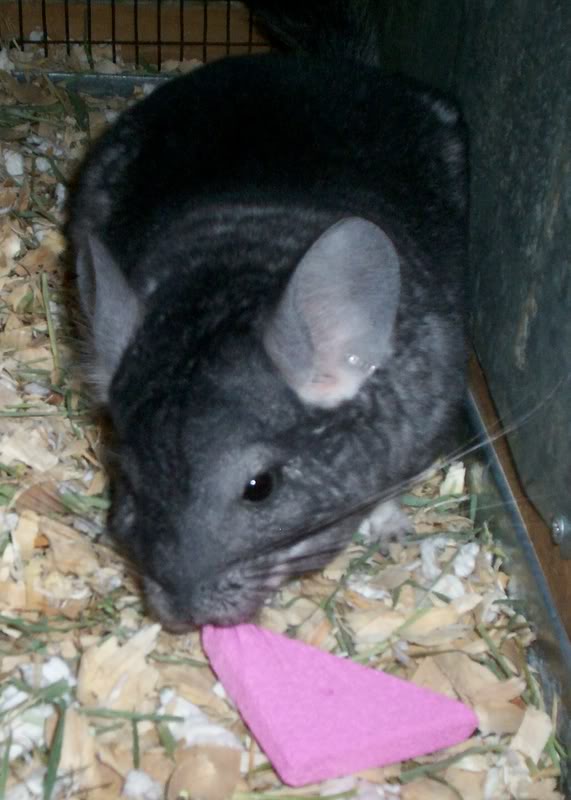
Chinchilla with a Lava Bite
Wood chew items can be in the form of sticks (small branches/twigs) or coins (branches cut crosswise). They can even be drilled for stringing on chain for a hanging toy. Large wood pieces can also be used as perches or ledges.
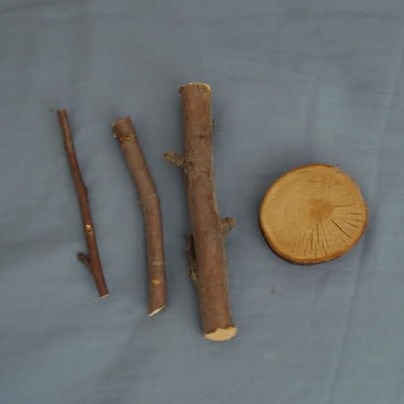
Different size wooden sticks and a coin
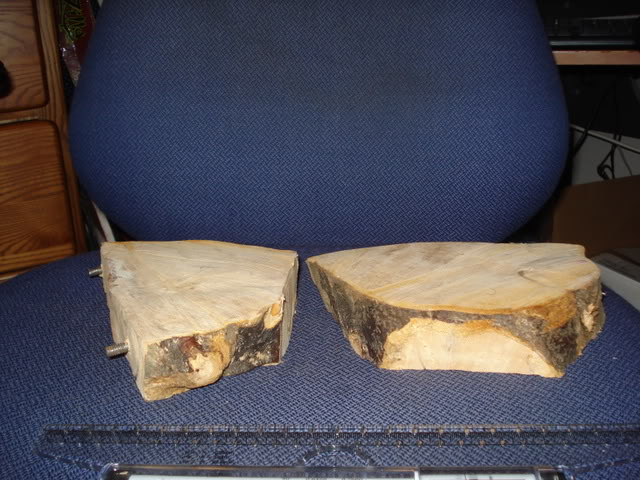
Applewood ledges
A popular type of small wooden chew that can often be found at the petstore are apple sticks! Another favorite here are kiwi sticks (hence, the name "Kiwistix") but these can be harder to find! Kiln-dried pine, pear, manzanita, cholla, grapevine, and willow are also popular chews often readily found from pet supply sellers.
If you have a non-toxic species of tree that is organic/never sprayed with pesticides without any moss or lichen growth, you can also process your own safe wood for your pet by cutting appropriate-sized pieces, scrubbing, boiling, and baking until dry. These processing steps are important to kill any pathogens and prevent mold growth. Then you can store your wood in a cool dry place such as a paper bag or box that is not airtight to prevent condensation buildup.
In general, wood from trees that bear stone fruits or in the genus Prunus are not safe as these trees produce cyanogenic glycosides (converted to cyanide when ingested!) Highly resinous trees such as cedar are also not safe. Below is a list of known unsafe and safe woods:
UNSAFE WOOD:
- Cedar
- Pine that hasn't been kiln dried
- Apricot
- Cherry
- Citrus
- Oak
- Peach
- Prune
- Plum
- Plywood
- Nectarine
SAFE WOOD:
- Apple
- Arbutus
- Ash
- Aspen
- Cholla (a form of cactus)
- Cottonwood
- Crabapple
- Dogwood
- Grapevine
- Hawthorn
- Kiwi
- Larch
- Manzanita
- Ocotillo
- Pine (kiln dried)
- Pear
- Pecan
- Poplar
- Sycamore
- Quince
- Willow
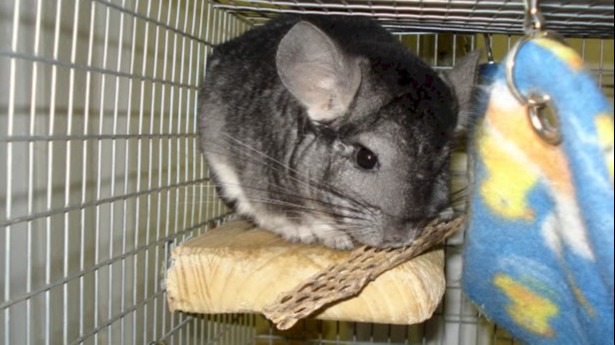
Chinchilla with cholla wood
I hope this helps you enrich your pet's life with lots of fun chewing materials to keep their teeth healthy! Happy chewing!
References
Legendre L. F. (2003). Oral disorders of exotic rodents. The veterinary clinics of North America. Exotic animal practice, 6(3), 601–628. https://doi.org/10.1016/s1094-9194(03)00041-0